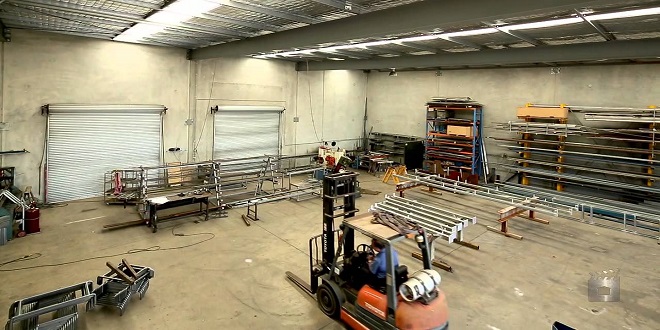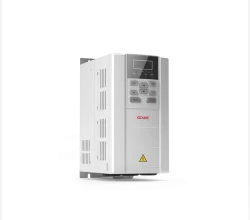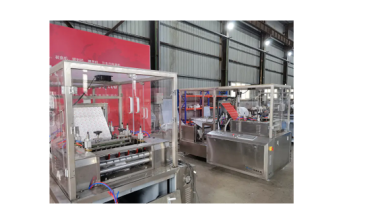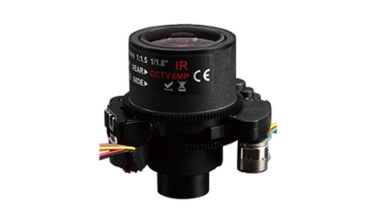How to choose the best lab water baths
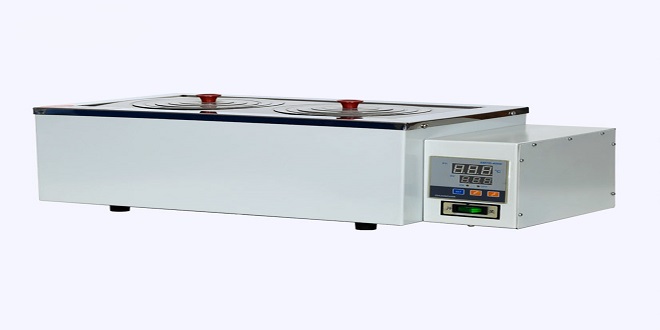
Research and science have made great strides in the detection of viruses, DNA studies, mapping, and many other areas. Lab water baths are at the forefront of all these efforts. They allow mediums to heat up, allowing them increase in temperature and stay steady for long periods of time. How do you choose the right lab water baths to use for your experiments? What are the differences between them? Can they be used for different experiments? Here are some tips to help you choose the right lab water baths for any science project.
A Water Bath That Isn’t Corrosive
It is logical that a laboratory water bath should not be made from corrosive materials. However, some water baths may market themselves as noncorrosive and claim they don’t build up any rust.
Polypropelene is a popular choice in lab water baths. They are easy to clean, durable and not susceptible to rusting. Why is it important to be non-corrosive? Some water baths, like those used for DNA research, require that the temperature be maintained at a higher temperature in order to obtain the best results.
Your water bath must be able to supply water for longer periods of time, without affecting the inner basin. You can ensure that your lab water bath is free from mineral deposits, toxins and other debris by using a bath made out of polypropylene, or another non-corrosive substance, as well as using distilled waters.
Select one with the best
Your water bath’s size is also important. You will need to choose a water bath that can accommodate your experiments, such as if you want to simulate brain activity in the development of surgical parts or other experiments that involve large basins.
You can also use a smaller water bath for experiments if your yes tubes and vile are smaller than usual. A mini water bath is a great way to keep small-mediums warm, and it’s much cheaper than buying a bigger bath.
These baths can also be made from polymer covers. Polymer is a cost-effective option that resists wear better than traditional metals and other materials.
Consider Your Experiment
Is it necessary to heat a medium? You can also use waterbaths to cool the medium down to the right temperature. Water baths are more popular than open flames. They are safer and easier to heat up over time. It is important to select a water bath that is designed specifically for your experiment.
If you are looking to do PCR for DNA, then a water bath that can maintain the ideal PCR temperature of 72 degrees Celsius is best. There are many scientific waterbaths on the market today that are designed to assist you in a variety of experiments.
Consider the cost of your lab water bath and how useful they are in your experiment when choosing your next water bath.

